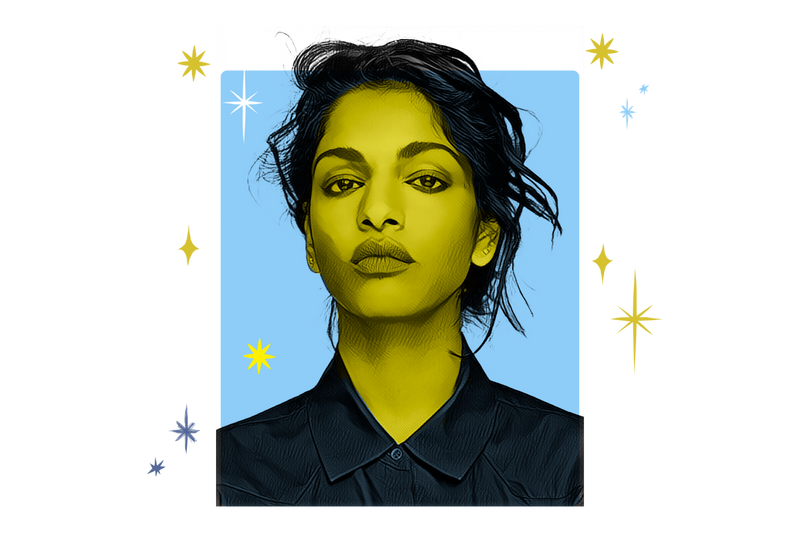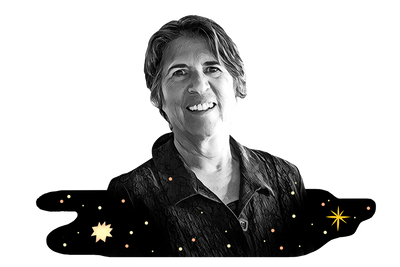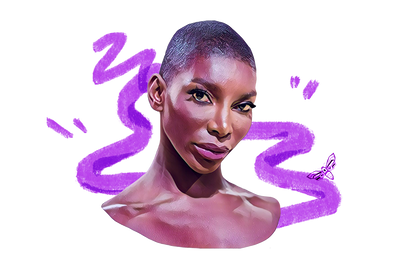In today's The Order:
- Discover Coconut Cream – a young indie band from Australia;
- Read about the first steps of M.I.A.;
- Find out the most exciting news from the world of art and grant opportunities;
- Learn writing tips by Kurt Vonnegut;
- Watch paintings by Caroline Coon;
- Warm your creative muscles up with a mini exercise
Sign up to our weekly newsletter discovering new names & opportunities and inspiring the Creators economy. It also has memes, of course.
New name
Coconut Cream — a young indie band from Australia
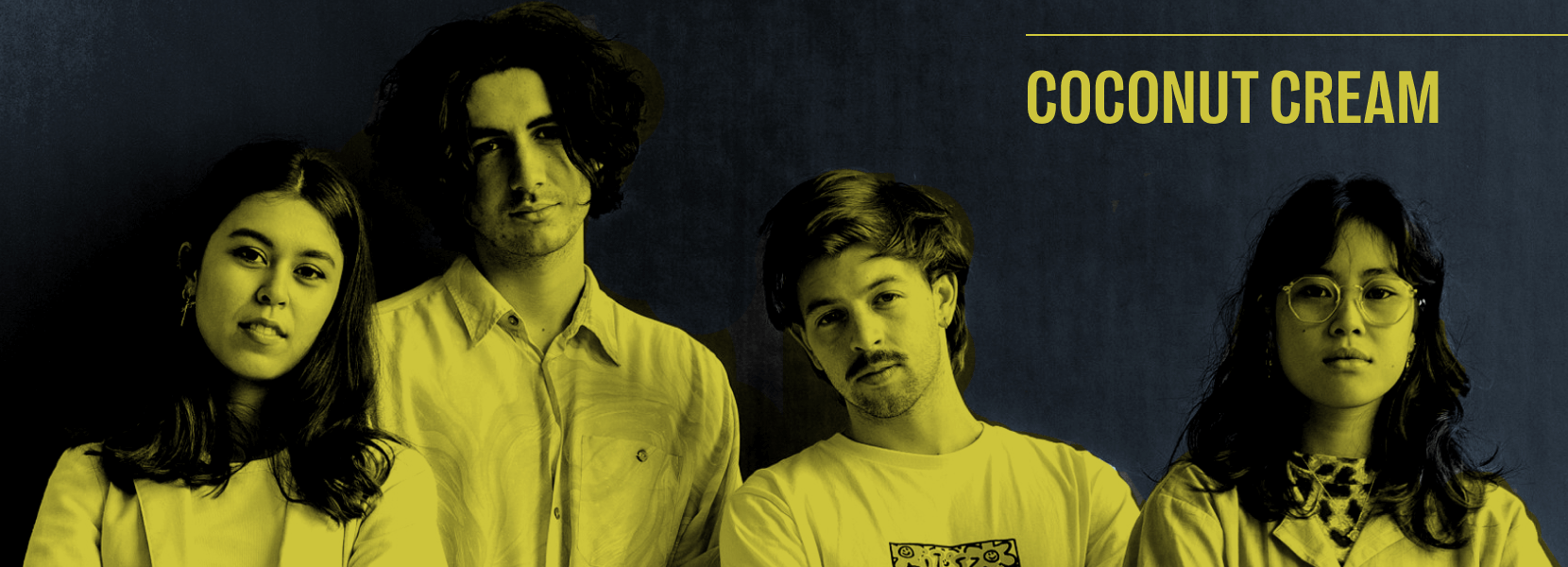
Coconut Cream is a young band from Sydney created by Astari Mudana, Jasmine Tan, Chad Kennedy and Oscar Saran. They met in the first year of the Music Conservatory. Soon after, they decided to form a band together. It took about a year for the guys to start recording songs.
"Saying that, it created a really cool dynamic and made us kind of unique," Astari said in an interview.
The guys themselves say that their music is a look at Australian indie music with the influence of many different genres. As for the lyrics, their music touches on love, heartbreak, nostalgia and everyday youthful experiences. There are funny songs, there are sad ones, and there are really sad ones. The process of creating their music looks like this: Astrai writes songs for vocals and guitar, and then each band member works his part to match the feeling of the song. As soon as a few collected songs appear, they record a demo.
Their bassist Chad says: "I think we're playing music that's fun to listen to with your friends, and I think we want our music to bring a wide variety of people together."
You can listen to Coconut Cream songs here!
Radar: new names, projects, possibilities
💫 Read about dozens of ukrainian artworks that were secretly rescued from Kyiv hours before a Кussian missile attack. Now, they’re going on view in Spain.
🦋 See how Ayako Rokkaku's dreamy finger drawings build a bridge between American abstract art and Japanese obsession with cuteness.
😈Listen to the new mixtape Flames 5 by the cult rapper Meek Mill.
🔥Explore grant opportunities from the National Endowment for the Arts.
First steps
History Of Resistance: How M.I.A. Found Her Salvation In Music And Became a World Star
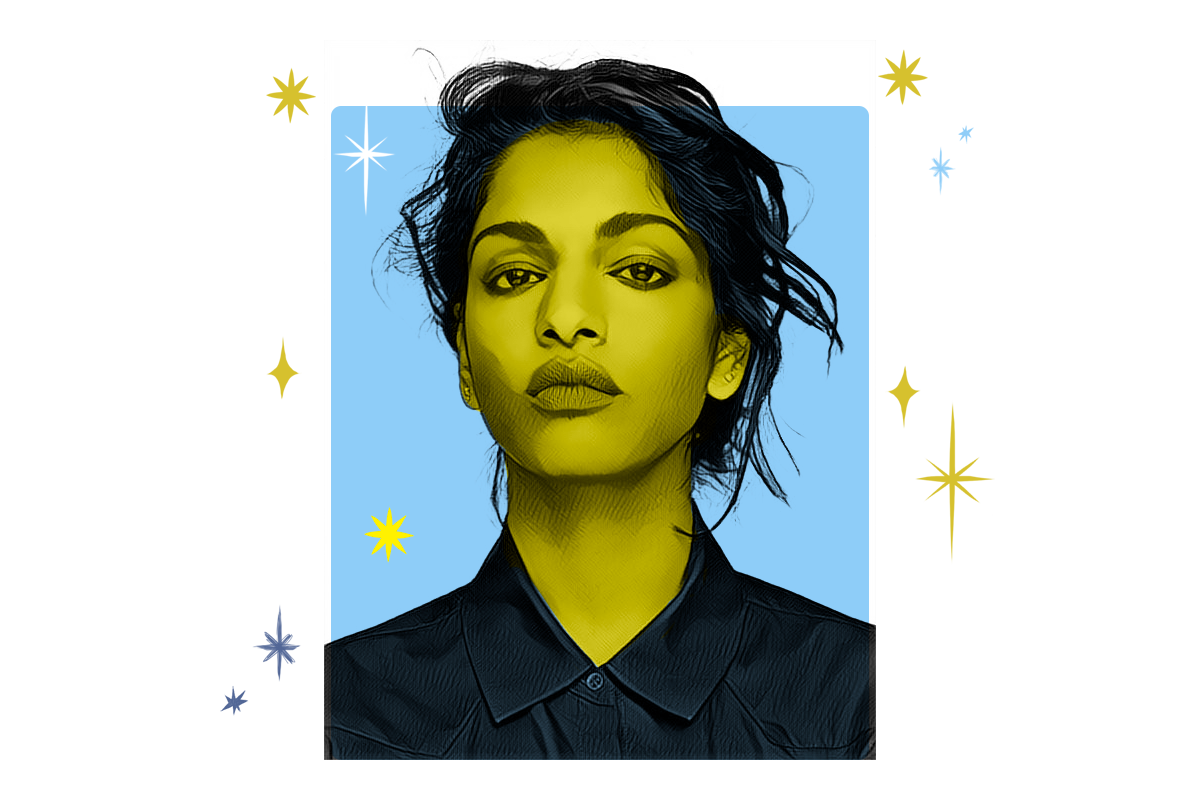
Singer M.I.A. is a refugee from Sri Lanka. Her father was one of the leaders of the Liberation Tigers of Tamil Eelam. Despite the persecution, the singer's family managed to get to London, where M.I.A. began to engage in creative work. The Order explores her creative way.
The revolution is to blame for everything
Mia was born in the U.K. on July 18, 1975, under the name Mathangi Arulpragasam. When the girl was six months old, her family moved to their historical homeland, north of Sri Lanka. Her parents were activists of the Tamil movement, so the childhood of the star passed under the liberation revolutions and political motives.
Her father became a political activist and founded the Revolutionary Organization of Ilam Students, affiliated with the revolutionary organization TOTI. At that time, Sri Lanka was gripped by protests. The separatists advocated the creation of a separate state. Because of the civil war, the family was constantly moving from one place to another. As a result, M.I.A.'s childhood was more like a political drama than happy memories. She says she remembers soldiers in their house putting her on her knees and saying, "Tell me where your dad is." But she doesn't remember much about her father himself.
"I read about what he was doing and people came to Tamil conventions to tell me how wonderful he was. But since I was raised by my mother, I had a chance to look behind the scenes of a man like him," the singer says.
Long wanderings around the country forced M.I.A.'s parents to return to London with three children in refugee status. So in 1986, the girl was back in the U.K. But her father remained in Sri Lanka, and M.I.A. missed him a lot.
Immersion in culture
The radio broadcasts of the 1980s acquainted the girl with hip-hop music. That's why she developed an interest in hip-hop and dance rhythm. In college, she developed a natural addiction to punk, and Malcolm McLaren, The Slits and The Clash influenced her greatly.
"Culture was seeping out of poor areas of cities. Spitting on the street was normal and acceptable, and I took the brunt of it. My friends from britpop talk about how important their first punk album was. That's how I met punk. They came up with a lot of aggressive shit that I had to experience," the singer recalled.
She also studied art. So, she enrolled in London's Central Saint Martin's College of Art and Design. M.I.A. became friends with students of the college's fashion, advertising and graphics departments. She met Justine Frischmann, the lead singer of the British band Elastica at a concert in 1999. He asked her to draw a cover for the band's 2000 album The Menace.
It was Frischmann who encouraged M.I.A. to start composing music. Meanwhile, she was working in a call-centre, selling computer software to residents of Ohio.
"At least when I go there for a shift, the work environment can be fun. At least Yolanda, Tricia and Kevin tell you what they did last night. There is life and interaction."
In 2001, M.I.A. even organized her own art exhibition, where the main motive was the revolution in Sri Lanka. It was so successful that she published a graphic book, which she briefly called M.I.A. One of the first buyers of this book was the famous British actor Jude Law.
Music around
In the same year, she went on tour with the band Elastica, which she painted the covers for. There the singer met the musician Peaches, who inspired her to take up music. She started working with a simple setup consisting of a used 4-track Roland MC-505 tape recorder and a radio microphone and composed and recorded a demo recording of six songs.
At the same time, she took her stage name, "M.I.A." (Missing in Action). This name was prompted by her cousin, who disappeared in Sri Lanka during the liberation battles there. The girl knew him well, they were the same age, studied together and now her cousin was missing.
"When I was shooting a documentary as a student, all I had was a hundred pounds and a lot of free time, but it didn't work out because it cost an incredible amount of money to edit the material. And then I even borrowed a computer from friends — I didn't have my own. When I was doing art, I didn't have the means to show my paintings, and I can't stand street art even at the level of an idea. It's a completely different thing with music: here all you need is a head on your shoulders and my voice. This is an ideal activity that does not cost you a penny," M.I.A. explained why she took up music.
M.I.A. became popular in 2004 when her hits Sunshowers and Galang blew up the Internet with their wild mixes of all kinds of styles, including beautiful Indian motifs.
The debut album Arular, named after her father, was released on March 22, 2005. The girl said that in this way she wanted to find him. Through the album, she addressed global conflicts and oppression. The album was nominated for a Mercury Music Award.
"I was a refugee because of the war, and now I have the right to vote at a time when war is the most important thing on the planet. I thought that I should do something with this record so that every refugee child who came after me would have something that could please him. Take all the bad sides and say, "Actually, these are the good parts. What should I do now?"
The second album was named after her mother, Kala. It featured live instruments and traditional dance and folk styles such as soca and gaana, combined with elements of enthusiastic music and bootleg soundtracks of Tamil music.
Now the singer has several Grammys and other major music awards in her piggy bank. Her single, Paper planes, was included in the soundtrack of several films, including the Oscar-winning Slumdog Millionaire. M.I.A. has worked with various famous artists — for example, Madonna, Diplo and Bjork.
Tools
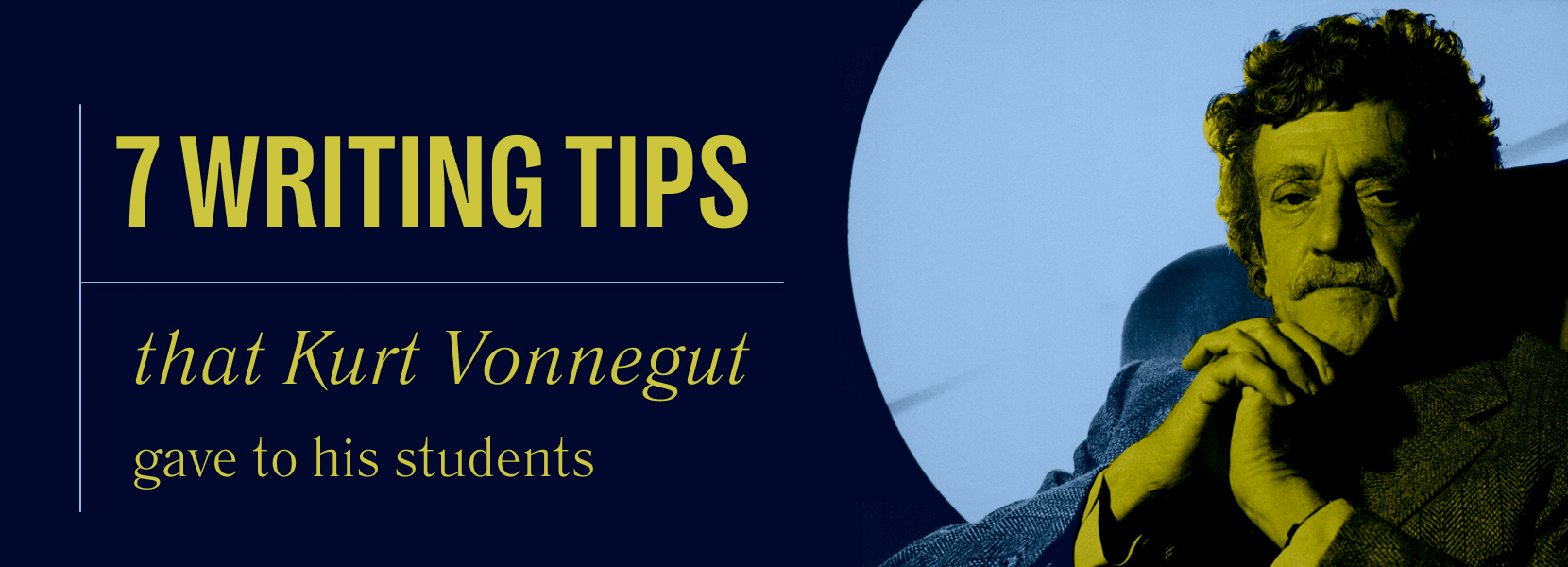
Kurt Vonnegut is a prominent American anti-war writer. When he was 22, he was captured by the Nazis and survived the terrible bombing of Dresden. His experience inspired one of his most well-known novels, Slaughterhouse Number Five, or the Children's Crusade. Being already an accomplished writer, he often gave lectures on storytelling and writing. One day, he compiled a list of rules on "how to write stylishly," also known as List No. 1.
Here are the tips the writer once gave:
1. Find a subject you care about
Find a subject you care about and which you, in your heart, feel others should care about too. This genuine caring, not your games with language, will be the most compelling and seductive element in your style. I am not urging you to write a novel, by the way — although I would not be sorry if you wrote one, provided you genuinely cared about something. A petition to the mayor about a pothole in front of your house, or a love letter to the girl next door will do.
2. Do not ramble, though
I won't ramble on about that.
3. Keep it simple
As for your use of language: remember that two great masters of language, William Shakespeare and James Joyce, wrote sentences which were almost childlike when their subjects were most profound. "To be or not to be?" asks Shakespeare's Hamlet. The longest word is three letters long. Joyce, when he was frisky, could put together a sentence as intricate and as glittering as a necklace for Cleopatra, but my favourite sentence in his short story Eveline is this one: "She was tired." At that point in the story, no other words could break the heart of a reader as those three words do.
Simplicity of language is not only reputable, but perhaps even sacred. The Bible opens with a sentence well within the writing skills of a lively fourteen-year-old: "In the beginning God created the heaven and the earth."
4. Have guts to cut
It may be that you, too, are capable of making necklaces for Cleopatra, so to speak. But your eloquence should be the servant of the ideas in your head. Your rule might be this: If a sentence, no matter how excellent, does not illuminate your subject in some new and useful way, scratch it out.
5. Sound like yourself
The writing style which is most natural for you is bound to echo the speech you heard when a child. English was Conrad's third language, and much that seems piquant in his use of English was no doubt colored by his first language, which was Polish. And lucky indeed is the writer who has grown up in Ireland, for the English spoken there is so amusing and musical. I myself grew up in Indianapolis, where common speech sounds like a band saw cutting galvanized tin, and employs a vocabulary as unornamental as a monkey wrench.
No matter what your first language, you should treasure it all your life. If it happens to not be standard English, and if it shows itself when your write standard English, the result is usually delightful, like a very pretty girl with one eye that is green and one that is blue.
I myself find that I trust my own writing most, and others seem to trust it most, too, when I sound most like a person from Indianapolis, which is what I am.
6. Say what you mean
My teachers wished me to write accurately, always selecting the most effective words, and relating the words to one another unambiguously, rigidly, like parts of a machine. They hoped that I would become understandable—and therefore understood. And there went my dream of doing with words what Pablo Picasso did with paint or what any number of jazz idols did with music. If I broke all the rules of punctuation, had words mean whatever I wanted them to mean, and strung them together higgledy-piggledy, I would simply not be understood. So you, too, had better avoid Picasso-style or jazz-style writing, if you have something worth saying and wish to be understood.
Readers want our pages to look very much like pages they have seen before. Why? This is because they themselves have a tough job to do, and they need all the help they can get from us.
7. Pity the readers
They have to identify thousands of little marks on paper, and make sense of them immediately. They have to read, an art so difficult that most people don't really master it even after having studied it all through grade school and high school—twelve long years.
So this discussion must finally acknowledge that our stylistic options as writers are neither numerous nor glamorous, since our readers are bound to be such imperfect artists. Our audience requires us to be sympathetic and patient readers, ever willing to simplify and clarify—whereas we would rather soar high above the crowd, singing like nightingales.
Visual of the day
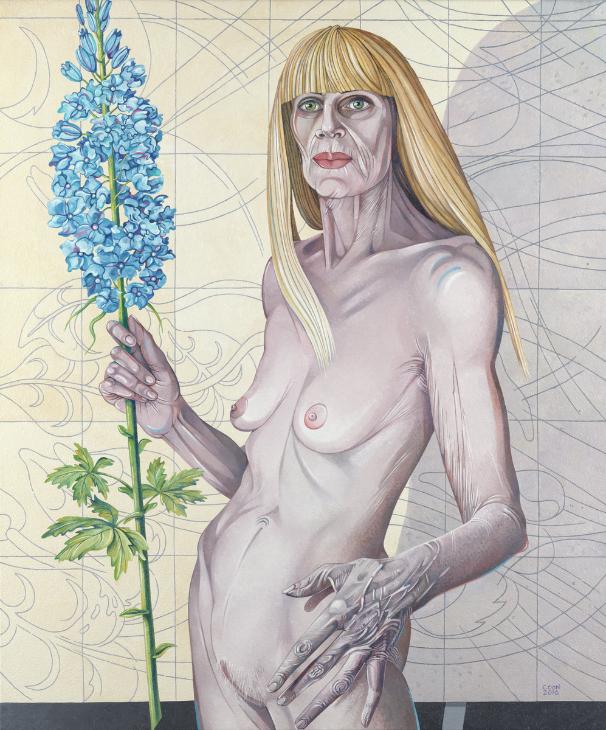
Caroline Coon, a London-born artist, has worked in the vanguard of cultural movements that have caused storms of social change: the hippie' peace and love' underground, the punk rock movement and feminism.
By the time Coon left art school in 1968, figurative painting was deemed 'dead', but she avoided fashion and 'cool' and continued to work figuratively in oils on canvas with a brush. She was not interested in painting in new ways or working with 'new' materials but in seeing and interpreting the world anew. Her painting is 'hot', usually structured around narrative and imprinted by Pop Art, Feminist Art and the politics of sexual liberation. Her hermaphroditic she/he human or queer figures confront and destabilise patriarchal, binary sexual stereotypes.
Meme of the week

Creative warm-up
Describe the purple color without mentioning it. Imagine what do you associate it with, and try to convey this image in words.
You can send it to us and get feedback, keep it to yourself, or share it with friends - as you wish.
Until next week!
Your creative self starts in your inbox
Sign up to our weekly newsletter discovering new names & opportunities and inspiring the Creators economy. It also has memes, of course.
Today's newsletter is brought by Alexey Shumkin, Mariya Amrayeva, Alyona Belyakova, Egor Mostovshikov, Artem Shur

